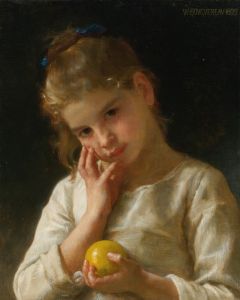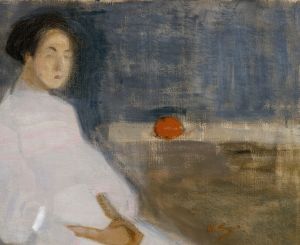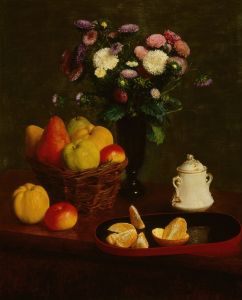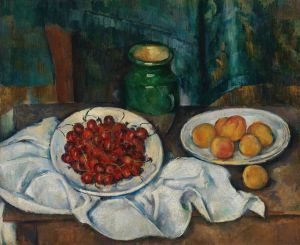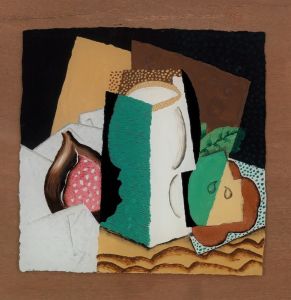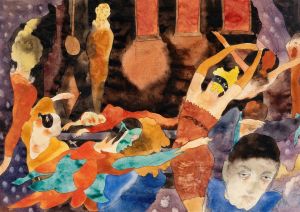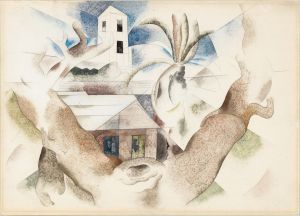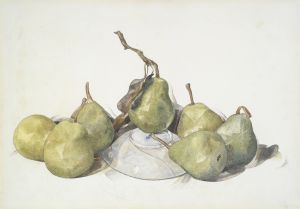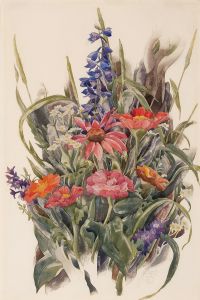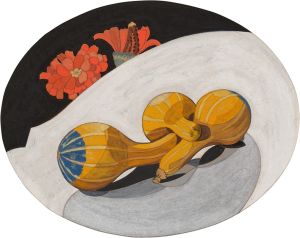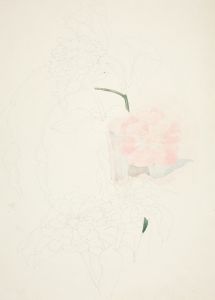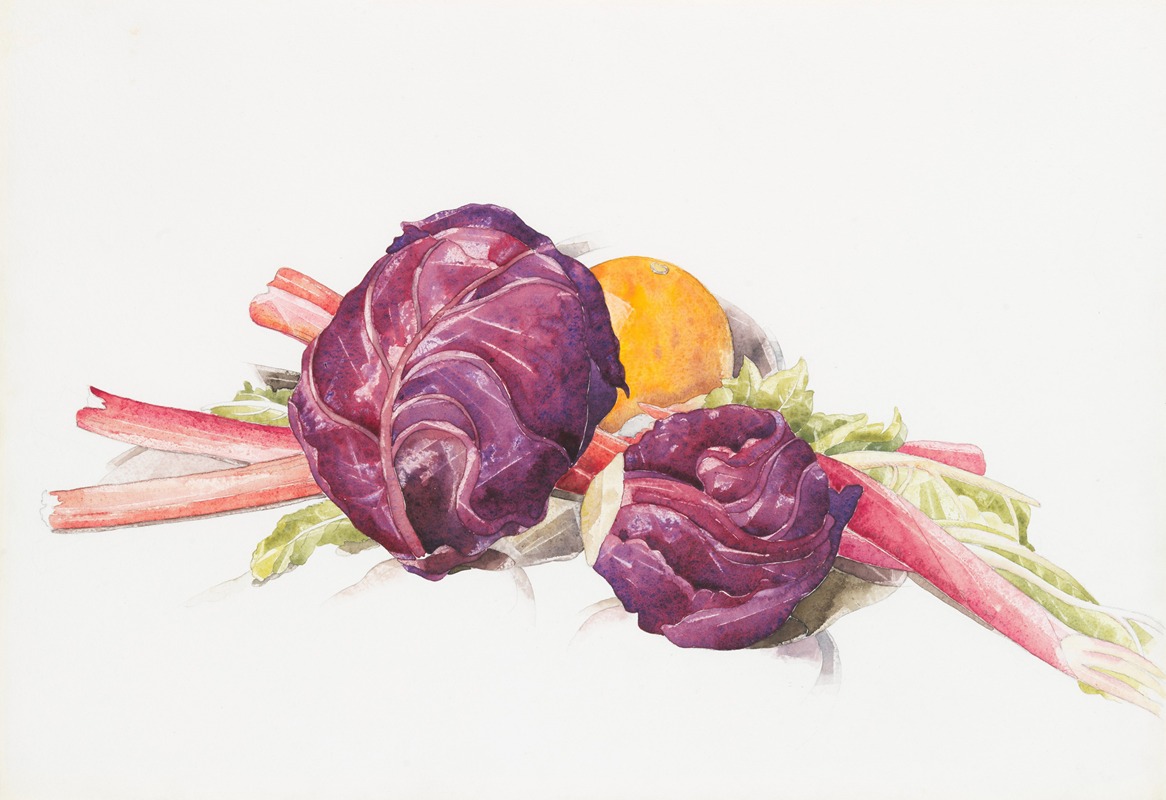
Red Cabbages, Rhubarb and Orange
A hand-painted replica of Charles Demuth’s masterpiece Red Cabbages, Rhubarb and Orange, meticulously crafted by professional artists to capture the true essence of the original. Each piece is created with museum-quality canvas and rare mineral pigments, carefully painted by experienced artists with delicate brushstrokes and rich, layered colors to perfectly recreate the texture of the original artwork. Unlike machine-printed reproductions, this hand-painted version brings the painting to life, infused with the artist’s emotions and skill in every stroke. Whether for personal collection or home decoration, it instantly elevates the artistic atmosphere of any space.
Charles Demuth's painting "Red Cabbages, Rhubarb and Orange" is a notable work within the American modernist movement. Demuth, born in 1883 in Lancaster, Pennsylvania, was a prominent figure in the early 20th-century American art scene. He is best known for his precisionist works, which are characterized by their clean lines and geometric forms, but he also created a number of still life paintings that reflect his interest in color, form, and composition.
"Red Cabbages, Rhubarb and Orange" exemplifies Demuth's skill in still life painting, a genre that he explored throughout his career. The painting features a carefully arranged composition of fruits and vegetables, showcasing Demuth's keen eye for detail and his ability to capture the vibrancy of everyday objects. The choice of subjects—red cabbages, rhubarb, and an orange—demonstrates Demuth's interest in color contrasts and textures. The deep purples of the cabbages, the red hues of the rhubarb, and the bright orange create a dynamic visual interplay that draws the viewer's attention.
Demuth's still lifes often reflect his interest in the interplay between natural forms and abstract design. In "Red Cabbages, Rhubarb and Orange," he uses the natural curves and lines of the produce to create a sense of movement and rhythm within the composition. This approach is indicative of his broader artistic philosophy, which sought to balance realism with abstraction.
The painting also reflects Demuth's background and influences. He studied at the Pennsylvania Academy of the Fine Arts and later in Paris, where he was exposed to contemporary European art movements such as Cubism and Fauvism. These influences are evident in his use of bold colors and his focus on the structural elements of his compositions. However, unlike many of his contemporaries who fully embraced abstraction, Demuth maintained a connection to representational art, as seen in his detailed depiction of the fruits and vegetables in this painting.
"Red Cabbages, Rhubarb and Orange" is part of a larger body of work that includes both still lifes and architectural subjects. While Demuth is perhaps best known for his precisionist paintings of industrial and urban landscapes, his still lifes reveal another facet of his artistic talent. They demonstrate his ability to find beauty and interest in the mundane, elevating everyday objects to the level of fine art.
Throughout his career, Demuth's work was well-received, and he exhibited alongside other leading artists of his time. Today, his paintings are held in major collections, and he is recognized as a key figure in American modernism. "Red Cabbages, Rhubarb and Orange" continues to be appreciated for its vibrant color palette, compositional balance, and the insight it provides into Demuth's artistic vision.
In summary, "Red Cabbages, Rhubarb and Orange" is a testament to Charles Demuth's skill as a still life painter and his ability to blend realism with modernist sensibilities. The painting captures the essence of his approach to art, where everyday subjects are transformed through careful composition and a keen sense of color.





